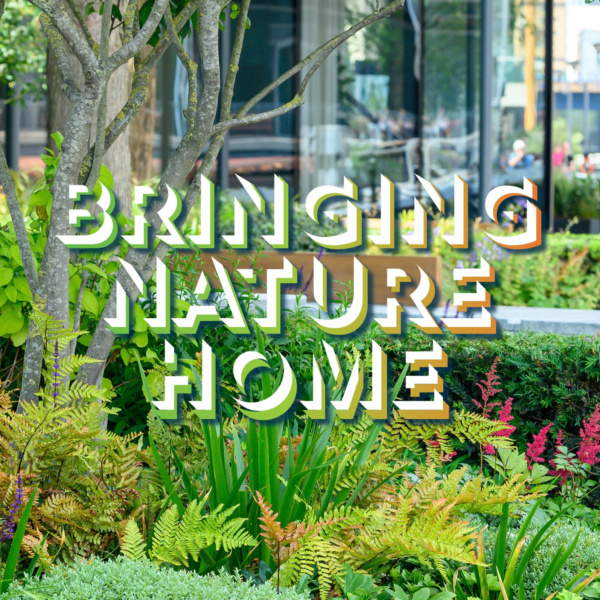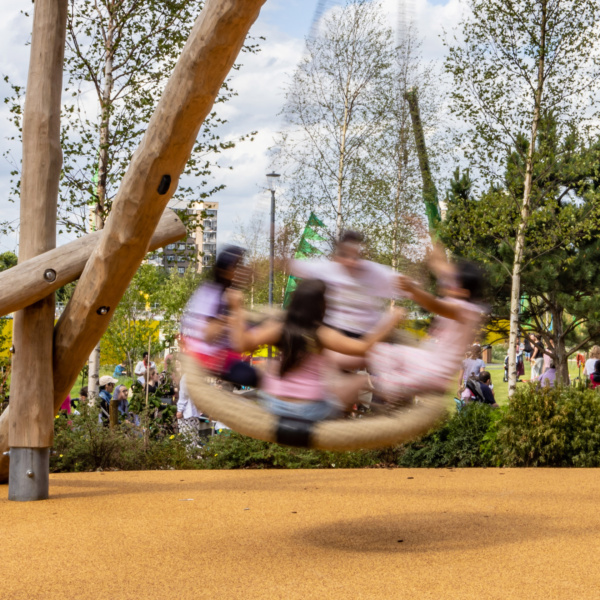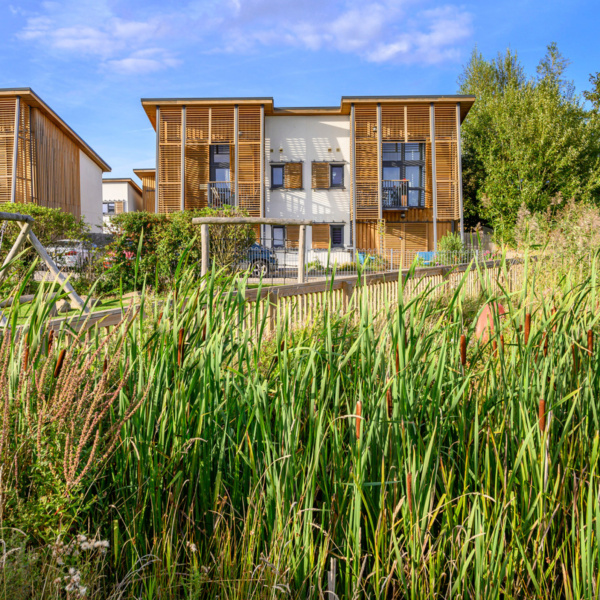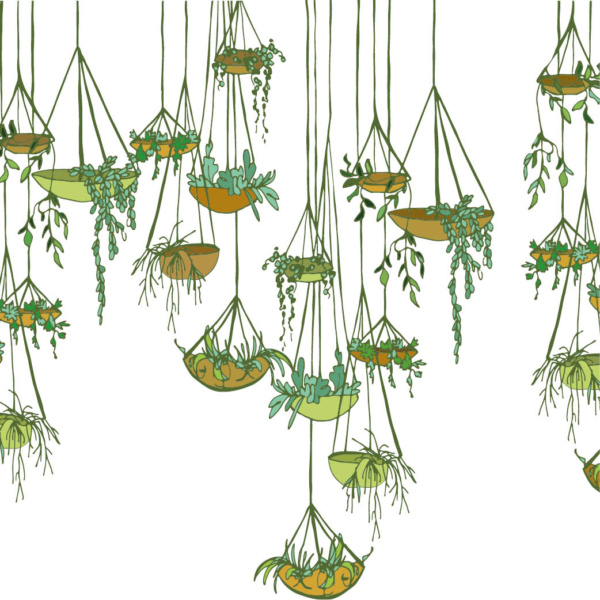We are committed to doing all we can to combat the biodiversity emergency and mitigate climate change through the creation and stewardship of beautiful, resilient and biodiverse landscapes. We bring scientific rigor, creative design, and community collaboration, to build resilient, biodiverse landscapes that benefit nature and people alike.




Mitigating climate change, Improving Air quality and CO2 absorption
We look to reduce the CO2 emissions; increasing the ratio of soft to hard landscape where possible to increase permeability and enable below ground eco-systems to recover. We maximise tree canopy cover to improve air quality, assist with cooling and shading and increase CO2 absorption. We look to re-use and ameliorate existing soils on site to reduce import of new soils.


Responsible specification and sourcing
Our approach creatively re-uses existing site materials and features where possible. In addition to this, we specify materials that are long lasting but low-impact, prioritising reclaimed or locally sourced materials rather than new wherever possible. Materials are sourced through techniques such as lifecycle assessment and engaging with suppliers to ensure that products provided are environmentally and ethically sourced. We consider the carbon footprint, future maintenance, and replacement requirements together with issues such as price, installation, durability and longevity against capital cost. We prioritise the use of reclaimed material to reduce or eliminate the use of virgin hardwood in our projects, without compromising longevity and performance.
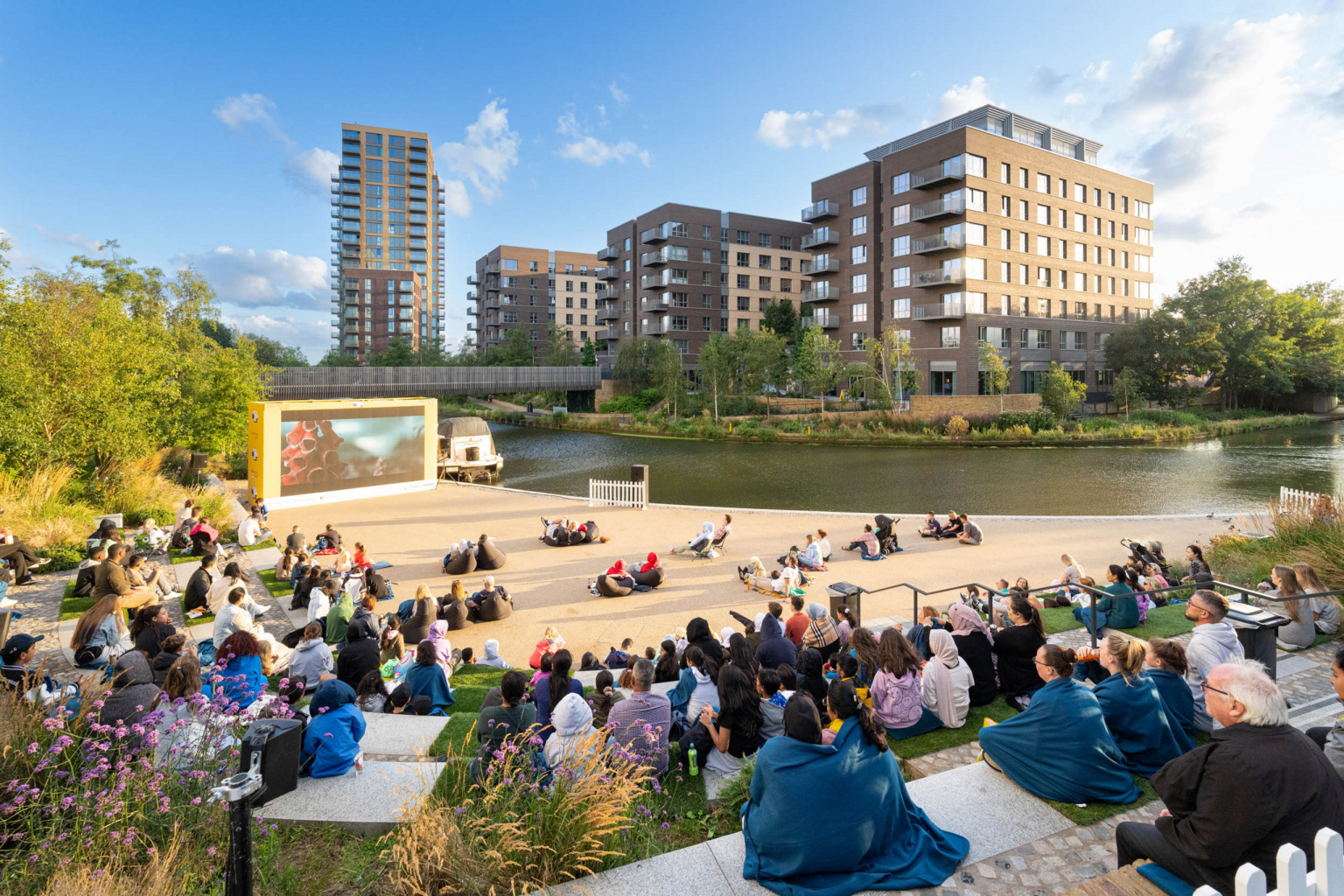



Monitoring and learning
As part of our commitment to Architects / Landscape Architects Declare Climate and Biodiversity Emergency, we evaluate new projects to test their contribution to mitigating climate breakdown and include life cycle costing, whole life CO2 modelling and post-occupancy evaluation to reduce both embodied and operational resource use.



One Goal, Many Actions

We believe that all sites should be biodiverse, creating places for people to live alongside wildlife. We look beyond a site’s boundary, creating connected nature recovery networks at a local and landscape scale. At Cator Park in Greenwich, we worked closely with the London Wildlife Trust to create one of London’s most ambitious nature recovery networks, pioneering a biophilic design. The project led to a 160 % gain in biodiversity and valuable lessons about how traditional urban parkland can be adapted to help nature recovery. Cator Park has featured the recent Defra publication on Biodiversity Net Gain.

We have developed an approach to achieving Urban Greening Factor requirements on all projects by focusing on integrating green infrastructure within urban development to enhance environmental quality and biodiversity. They prioritize a holistic design philosophy that combines landscape architecture, urban planning, and sustainable development principles. HTA Design leverages the UGF as a tool to evaluate and improve the amount and quality of green spaces within urban areas, aiming to mitigate the adverse effects of urbanization.
Their methodology involves detailed site assessments to understand existing conditions and potential opportunities for greening. This includes analyzing soil quality, water management, and local biodiversity. HTA Design emphasizes the use of native and climate-resilient plant species to ensure long-term sustainability and ecological benefits. They also incorporate green roofs, living walls, and permeable surfaces to enhance urban ecosystems.
Community engagement is a key aspect of their approach, ensuring that the designs meet local needs and preferences. HTA Design collaborates with stakeholders, including local authorities, developers, and residents, to create multifunctional green spaces that provide recreational, aesthetic, and environmental benefits. By integrating UGF into their projects, HTA Design aims to create vibrant, resilient urban environments that support both human well-being and ecological health

Nature Recovery Networks (NRNs) are strategic, landscape-scale initiatives aimed at reversing biodiversity loss and restoring ecosystems. They are designed to create interconnected habitats, allowing wildlife to migrate freely, and are crucial for restoring ecological resilience and adapting to environmental changes.
HTA's approach to (NRNs) integrates our expertise in landscape architecture, urban planning, and sustainability to restore and connect natural habitats within urban and rural landscapes. Our methodology involves a thorough assessment of the ecological assets of each site and surrounding area, to identify existing natural assets and potential areas for habitat restoration and connectivity. The strategy evolved to create green corridors, stepping stones, and buffer zones that link fragmented habitats, facilitating wildlife movement and natural evolution.
As with all we do, community involvement plays a central part of our approach. Working with local stakeholders, including residents, conservation groups, and policymakers allows us to gain a deeper understanding of the character and qualities of their local area, and helps us understand the ecological goals and community needs. Public engagement initiatives help to foster a sense of ownership and stewardship among local populations.
We aim to incorporate multifunctional green spaces into all NRNs, enhancing ecosystem services such as flood mitigation, air quality improvement, and recreational amenities. By integrating natural elements into urban areas, we create environments that support both wildlife and human well-being.

